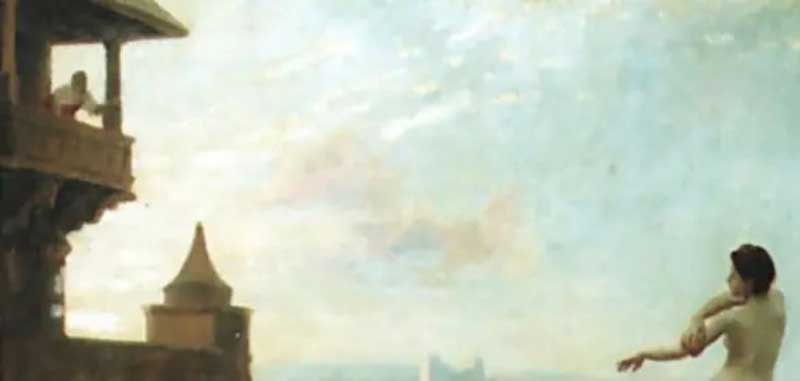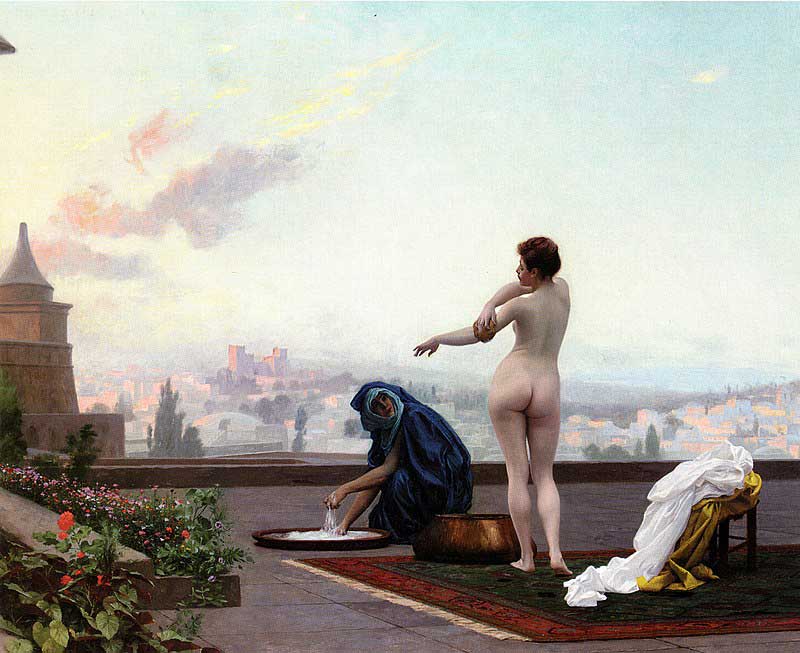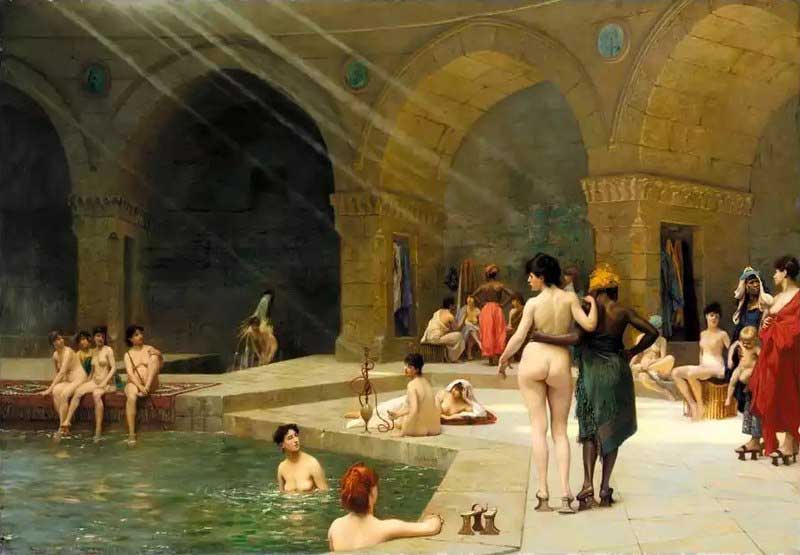
In the eleventh and twelfth chapters of 2nd Samuel in the Hebrew Bible, Bathsheba is depicted as the beautiful wife of Uriah the Hittite, one of the generals of King David, who later, after the death of her husband, became one of the wives of the King and gave birth to their son Solomon, who succeeded David as the king, making her the Queen mother.
The story says, one day, when David was relaxing on the roof of his palace, he was sexually attracted by the sight of Bathsheba, bathing on her roof and despite knowing that she was married to one of his generals, he summoned her to his palace immediately and when she obliged the king, the king had sex with her and consequently, she was impregnated by the king. It is unknown whether the sex between David and Bathsheba was entirely mutual, but after the incident, David instructed his army commander to employ Uriah on the front lines of a battle, where Uriah would be more likely to be killed.
Consequently, when Uriah was killed in the siege of Rabbah, fought between the Israelites of King David and the Ammonites of King Hanun, Bathsheba was brought to King David after the end of her ritual days of mourning, to be his wife and give birth to Solomon.

Interestingly, Bathsheba is an important figure in the development of nudity in medieval art and apart from Eve, she is probably the only woman in Christian art, who could easily and often justify depictions of nudity.
The scene of Bathsheba taking her bath in the nude has inspired several masters, which include Sebastiano Ricci, François Boucher, Francesco Hayez, Paul Cézanne, along with Bathsheba at Her Bath, by Rembrandt, and many more, who appreciably depicted the female nudity of Bathsheba in the wilderness. In 1889, French painter Jean-Léon Gérôme masterfully composed his painting titled Bathsheba, depicting a nude woman bathing on a roof terrace in a Middle Eastern town, accompanied by her maid. While Bathsheba is the central focus of the composition, washing her left elbow with her right hand, and her exposed body is directly to the gaze of the king, the work is regarded as one of the most important examples of Gérôme’s mastery over the female form, as he fully utilized the open-air bathing scene to aptly demonstrate his masterly aptitude for capturing the effects of light on the luminous white skin of the naked bathing beauty.

Based on the Biblical story of David and Bathsheba, Gérôme’s composition depicts naked Bathsheba, the attractive wife of Uriah the Hittite, bathing on the terrace-roof of her house. The left side of the canvas shows King David keenly watching the bathing scene from the balcony of his palace, stealthily gazing at the attractive naked body of Bathsheba directly from the front, and the rest of the painting depicts a setting sky and Jerusalem below, bathed in warm light, creating a perfect contrast to the attractive curves of the nude female figure of Bathsheba.

However, although the tale of Bathsheba is one of seduction, adultery and murder, the anecdote plays a secondary role to Gérôme’s exploration of the female nude in the work, which is considered by many was probably inspired by the artist's 1879 visit to the Grand Baths in Bursa, filled with groups of naked female bathers or posed in various stages of undress, depicted by him later in 1885, in his composition Great Bath of Bursa.
